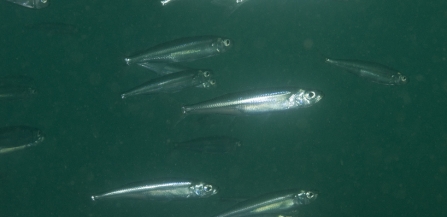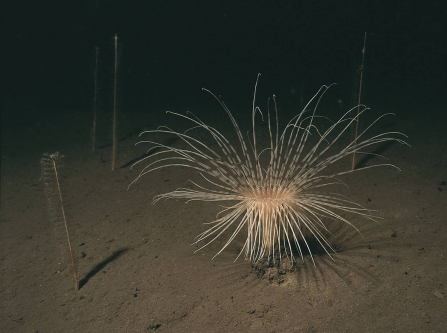Endangered fish, ancient clams, urchins and anemones will benefit as three estuaries become Marine Conservation Zones (MCZs), after being designated by Defra.
A Government consultation last summer saw 1,800 people from across the North West calling for greater protection in the Irish Sea. There are already 50 MCZs around the UK and four in the Irish Sea, including the Fylde MCZ, 100 square miles off Blackpool.
Today, Defra announced that there would be another 41 zones designated, including six in the Irish Sea. In Lancashire the Ribble, Wyre and Lune estuaries have all received a new level of protection as MCZs.
And it sparked delight among the Wildlife Trust officers and volunteers who have fought so hard to protect these vital areas of the Irish Sea.


